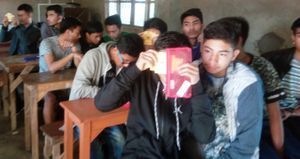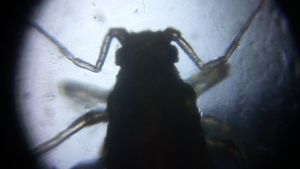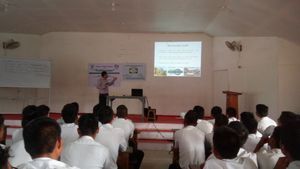Black Band disease of Mango-#Indiafoldscopephase 1
 Oct 12, 2018 • 9:32 PM UTC
Oct 12, 2018 • 9:32 PM UTC Unknown Location
Unknown Location 140x Magnification
140x Magnification Microorganisms
Microorganisms
Soumitra4
Learn about the author...
7posts
0comments
1locations
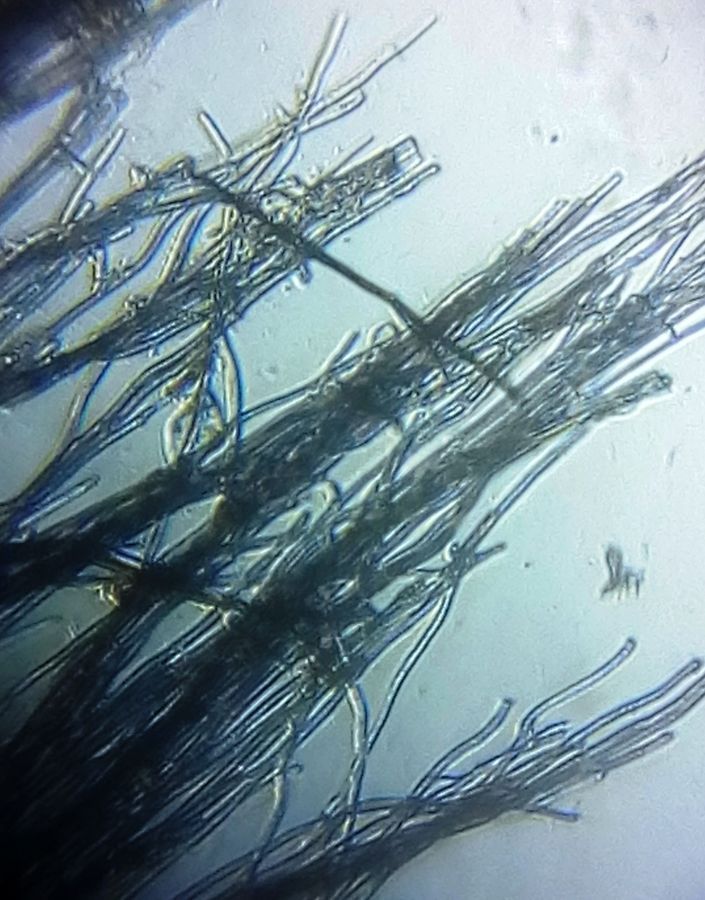
In garden of Jyothy Institute of Technology, Bangalore, almost all mango trees got infected with a disease called black band disease.
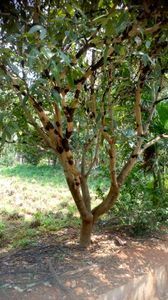
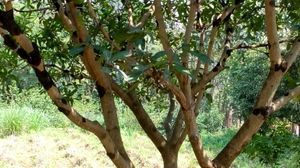
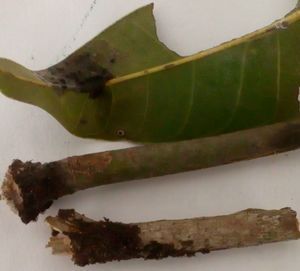
Fig: Mango trees in field affected with black band disease and samples collected to observe under foldscope.
When infected parts were observed under foldscope we found spherical shaped black lined spores and mycelium aggregations.
When infected parts were observed under foldscope we found spherical shaped black lined spores and mycelium aggregations.
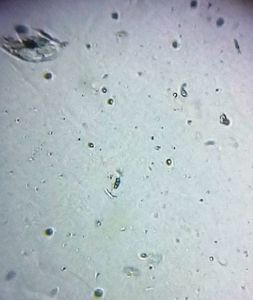
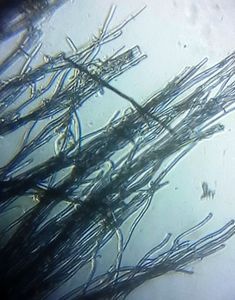
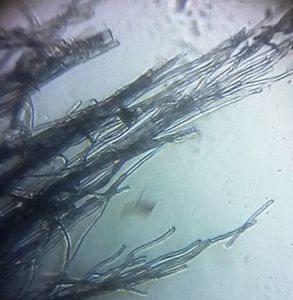
Fig: Spores and Mycelia of infected pathogen under foldscope
Fungal pathogen Peziotrichum corticolum causes black band disease of mango and is becoming severe for the last three to four years in all the mango growing regions. The pathogen grows superficially on the bark of trees forming large, dark black, irregular, girdle-like infection patches. Peziotrichum produces septate brown mycelium composed of numerous scattered, erect, vertical aggregations of hyphae closely clustered together and the conidia were single-celled, pale brown, globose, smooth-walled.
This post is open to read and review on The Winnower.
Fungal pathogen Peziotrichum corticolum causes black band disease of mango and is becoming severe for the last three to four years in all the mango growing regions. The pathogen grows superficially on the bark of trees forming large, dark black, irregular, girdle-like infection patches. Peziotrichum produces septate brown mycelium composed of numerous scattered, erect, vertical aggregations of hyphae closely clustered together and the conidia were single-celled, pale brown, globose, smooth-walled.
This post is open to read and review on The Winnower.
Sign in to commentNobody has commented yet... Share your thoughts with the author and start the discussion!
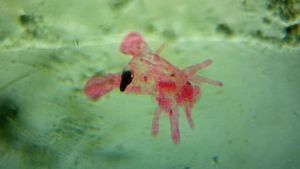
 0 Applause
0 Applause 0 Comments
0 Comments